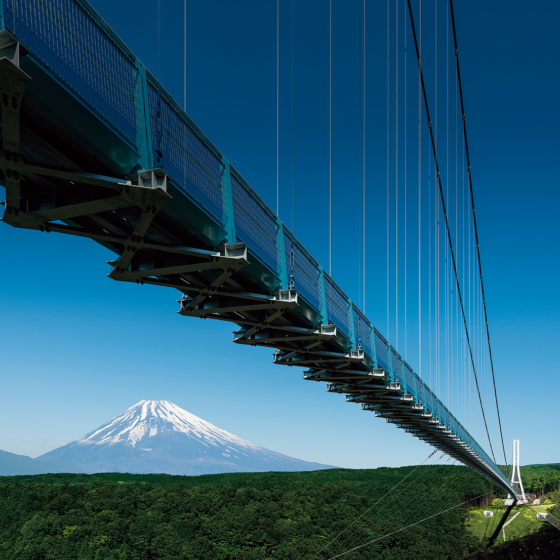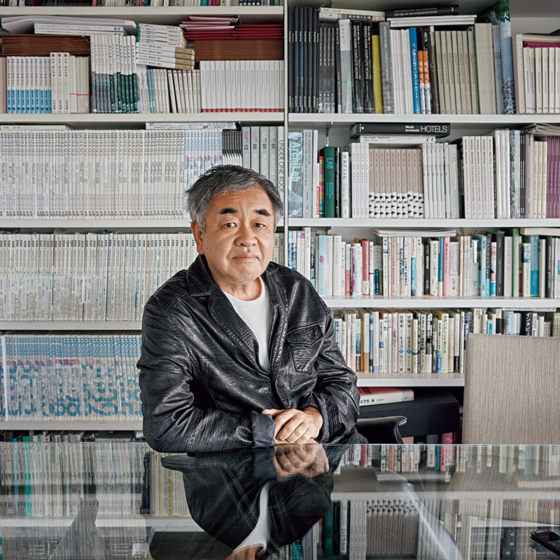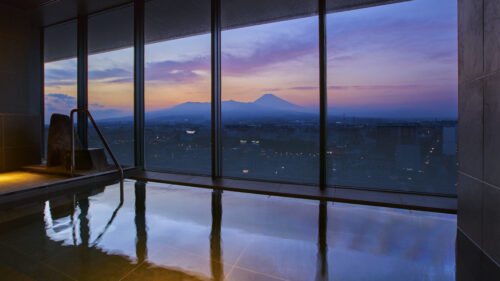- When people think of art depicting Mt. Fuji, no doubt many think first of Katsushika Hokusai’s Thirty-six Views of Mt. Fuji. The series contains many pieces popular all over the world, such as The Great Wave of Kanagawa, which shows Mt. Fuji in the distance beyond powerful rolling waves, and Fine Wind, Clear Morning, depicting a majestic red Mt. Fuji bathed in sunlight. By showing aspects of Mt. Fuji from various locations across Japan, Thirty-six Views of Mt. Fuji presented the mountain in a new way. We spoke with Kenji Hinohara, head curator at the Ota Memorial Museum of Art, about what drove Hokusai to his creation.
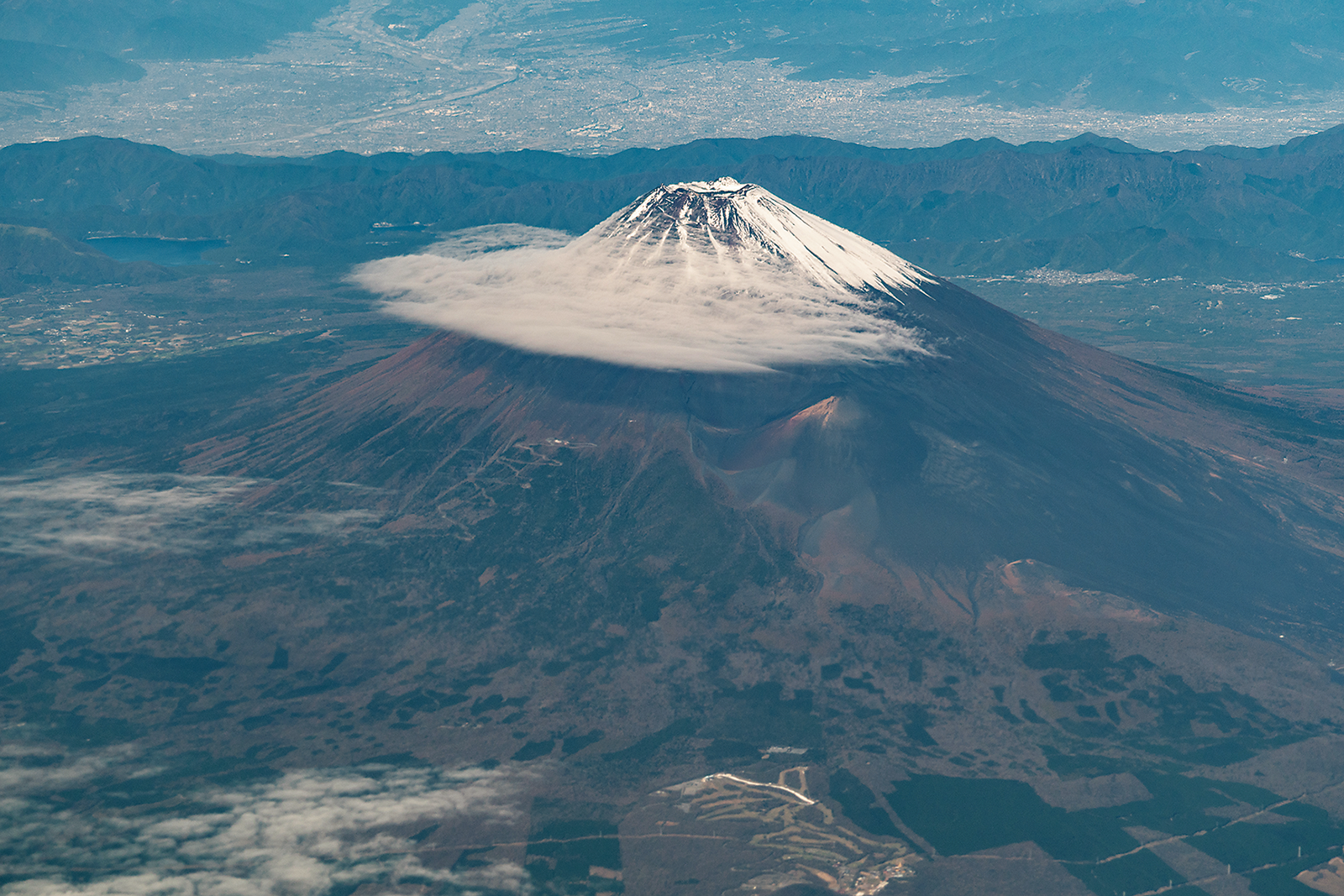
- A mountain of unmatched beauty, Mt. Fuji had been a motif in pre-Edo era literature and arts, as well as in ukiyo-e prints, even before Hokusai’s time. As it was likely much easier to see Mt. Fuji clearly from Edo (the former name of Tokyo) than it is now, people at the time must have thought of the mountain as “a symbol of my city.” Many pieces survive today that depict Edo and Mt. Fuji.
- Yet with Thirty-six Views of Mt. Fuji, the mountain is shown not only from Edo but also present-day Kanagawa, Shizuoka, Nagoya, and various other locations. The 19th century ushered in greater economic prosperity in Edo, and Hokusai’s decision to create the series is thought to have been influenced by people starting to add travel to their list of pastimes. Albeit not quite to the extent that it is today, travel became an affordable luxury. “Visiting Ise once before I die” became a realistic aspiration for many. Naturally, Mt. Fuji was also a popular vacation destination for “Fujiko” groups-religious associations that worship the mountain. Hokusai’s views of Mt. Fuji from many different places may have given people the urge to travel.
- Up to that point, ukiyo-e prints had depicted actors or other people, or showed scenes of things man-made that included temples, shrines, and the bustling streets of Edo. But Hokusai became famous for showing the beauty of mountains and nature. His depictions of Mt. Fuji give one the sense that he was also attempting to capture the warmth of the sun’s rays, the movement of the clouds, the blowing wind, and other invisible aspects of nature. When nature strikes us as beautiful, that feeling no doubt owes greatly to things beyond just what we can see with our eyes.
- The Thirty-six Views of Mt. Fuji captures the awe and similar feelings that nature inspires in us. This is why the majesty of Hokusai’s Mt. Fuji likely resonates not only with Japanese today but also with an international audience.
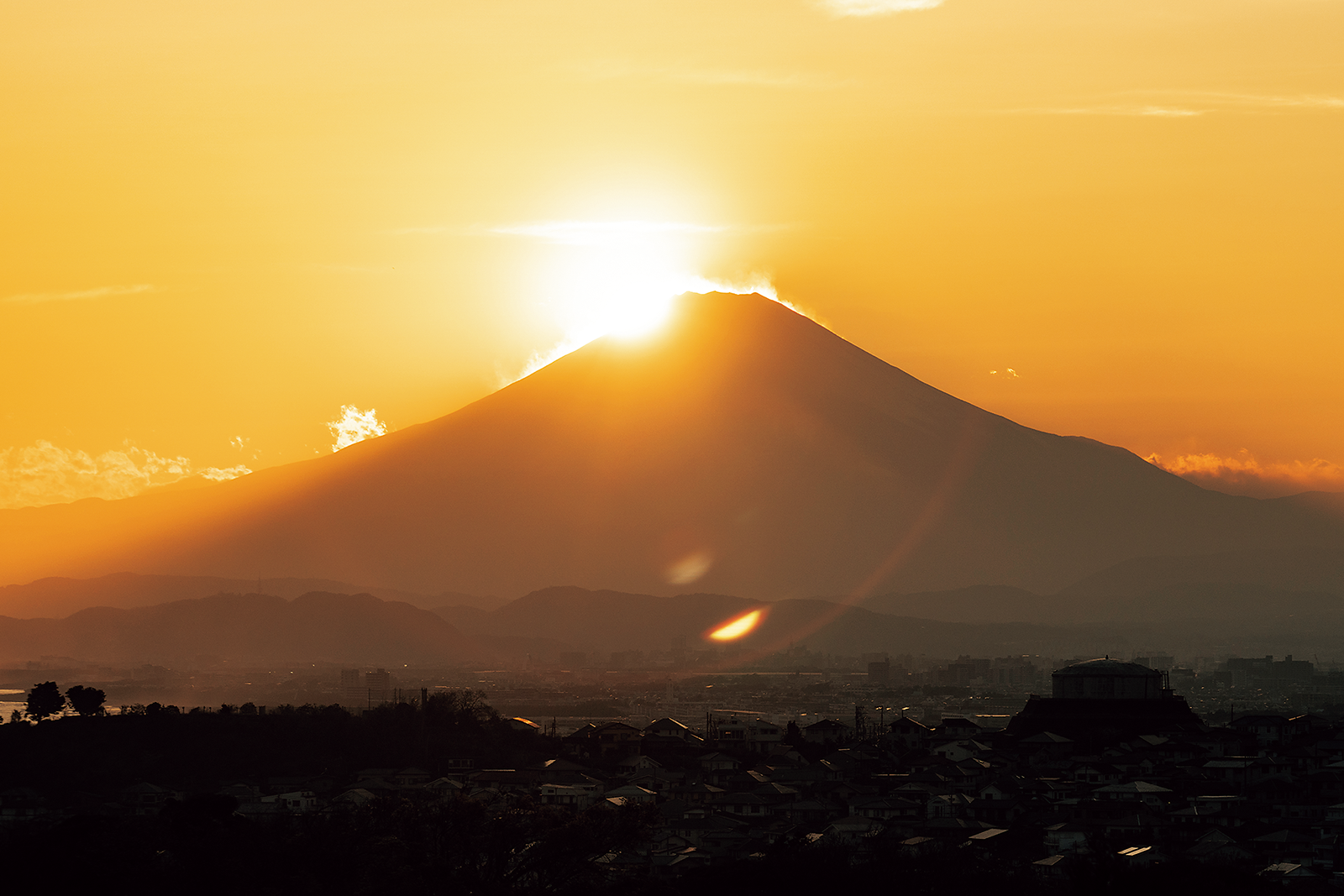
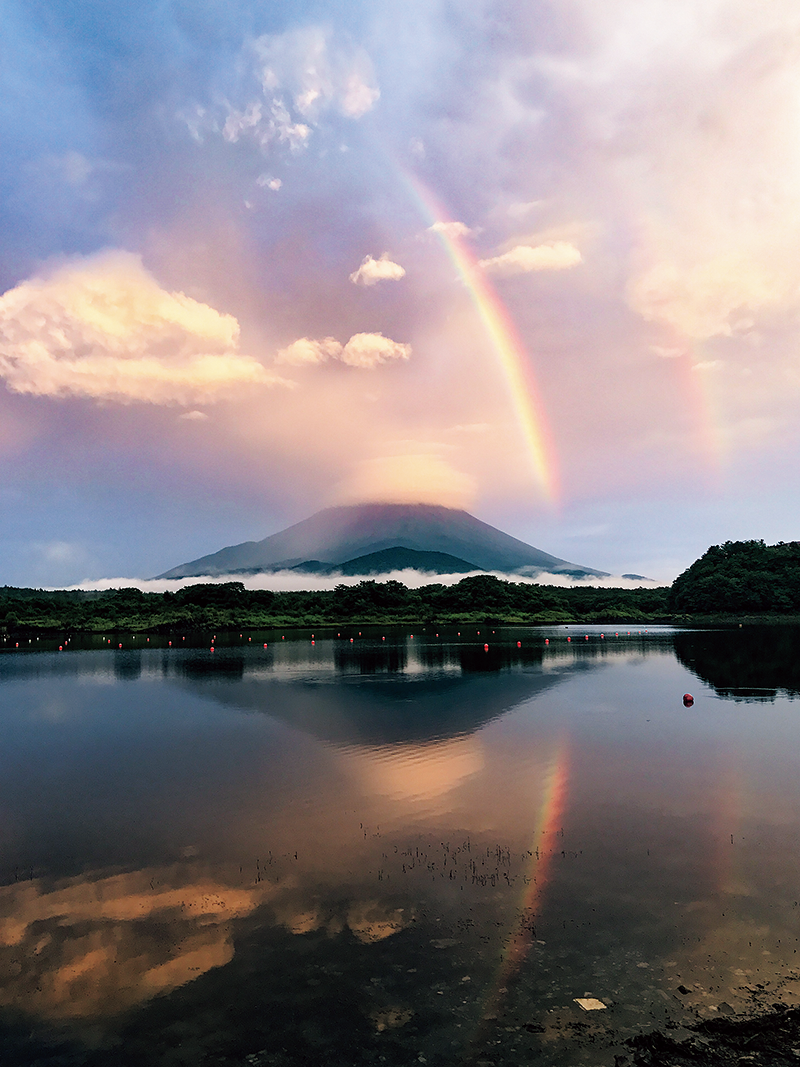
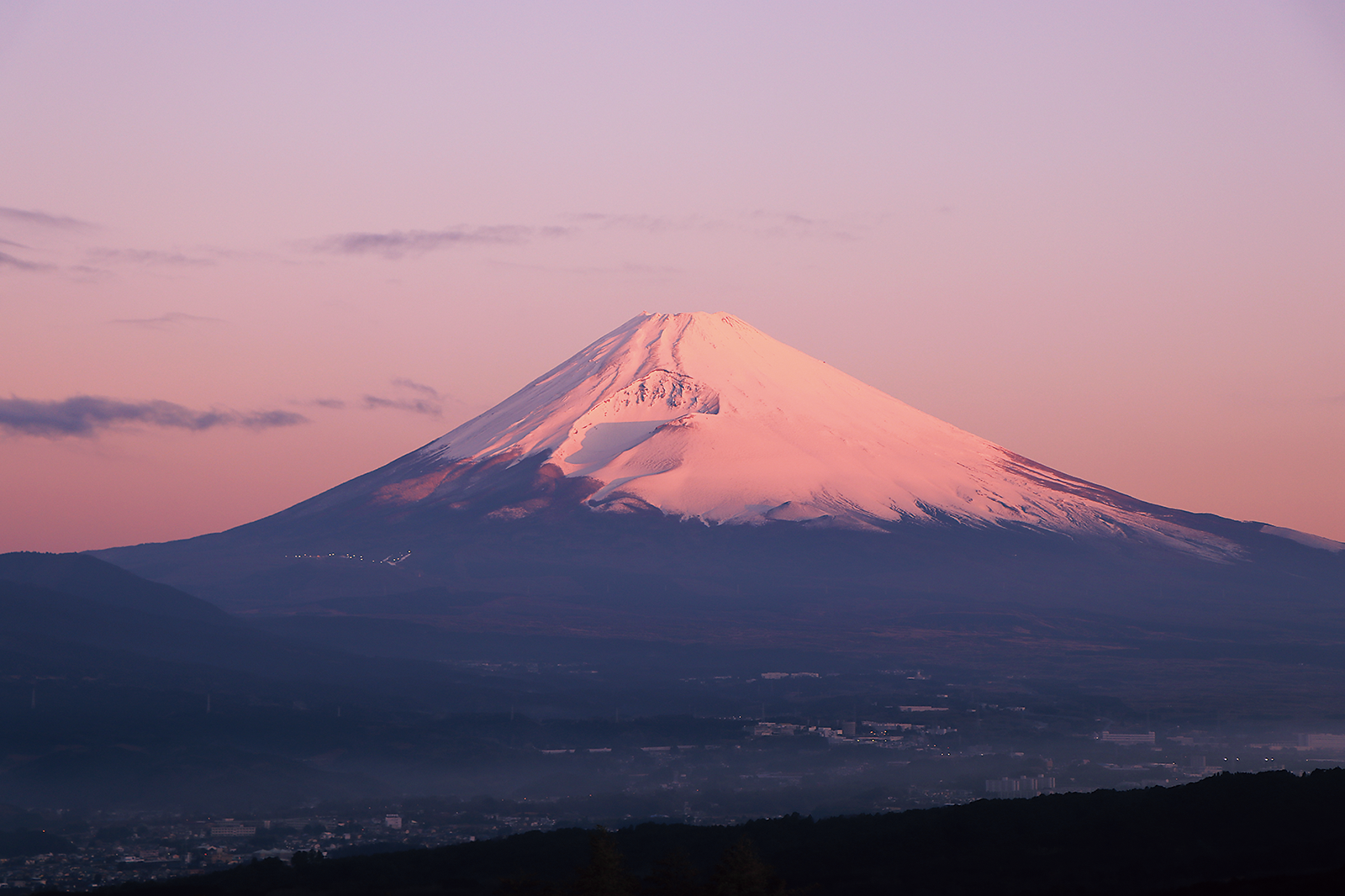
ENGLISH CONTENTS
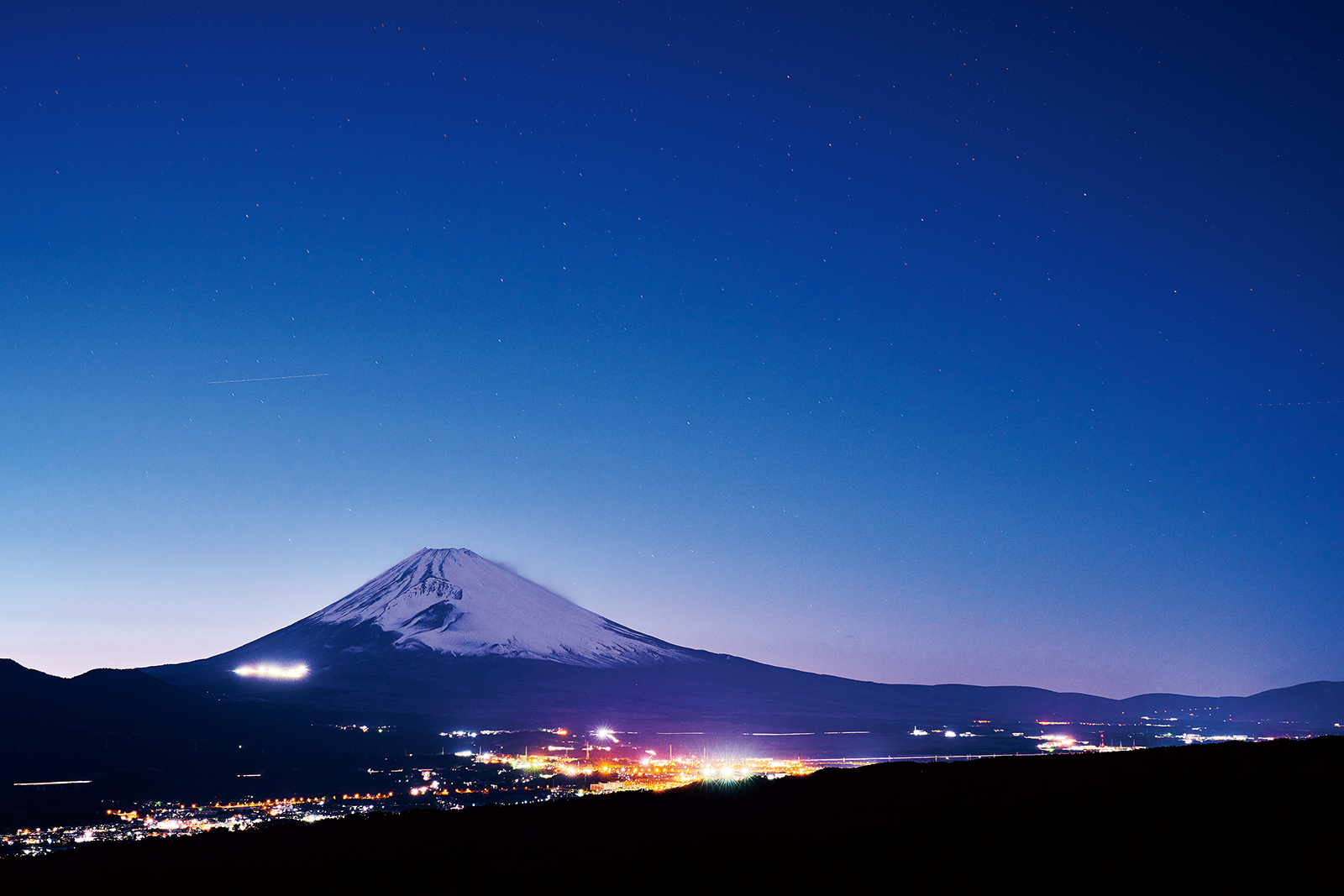
2020.09.25
ENGLISH CONTENTS
Thirty-six Views of Mt. Fuji –
Mt. Fuji as Painted by Hokusai
Mt. Fuji as Painted by Hokusai
- TEXT
- Ayako Tajiri
- Share
-
STAY
-
FUJISAN MISHIMA TOKYU HOTEL
-
〒411-003617-1, Ichiban-cho, Mishima-shi, ShizuokaTEL.+81-55-991-0109FAX.+81-55-991-0502




